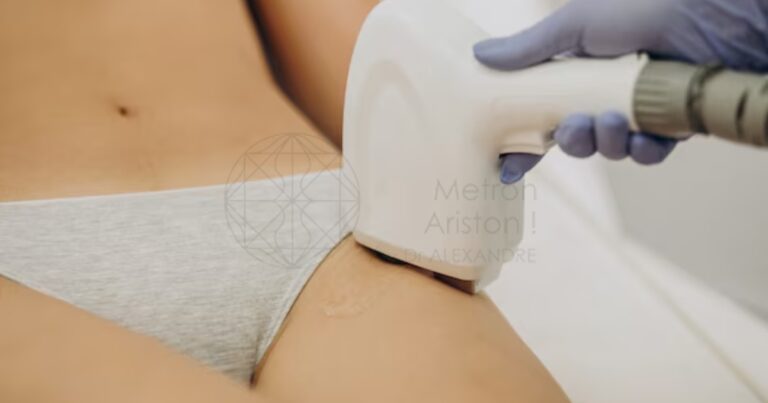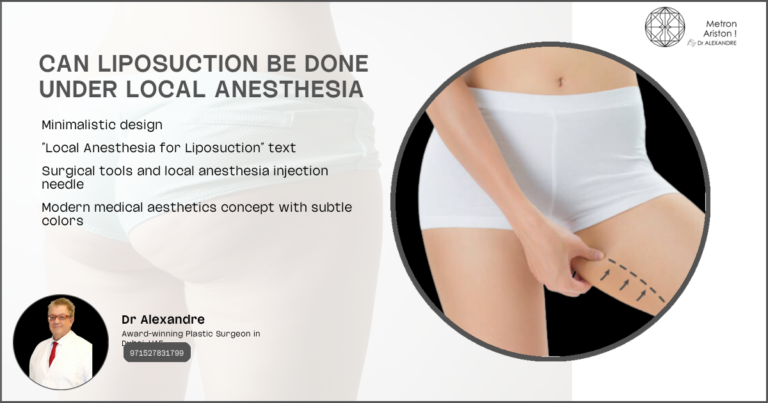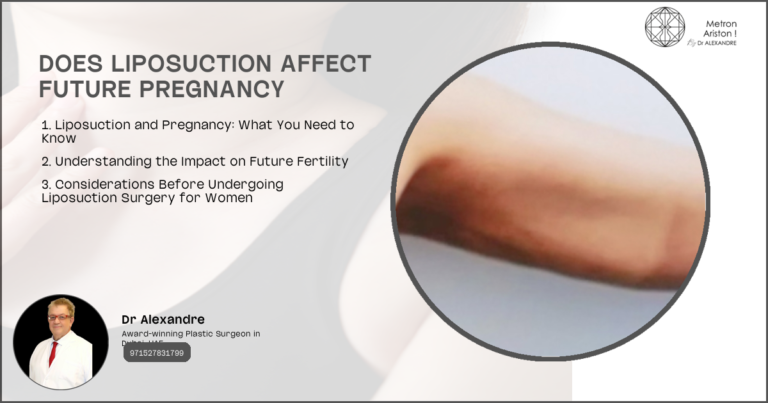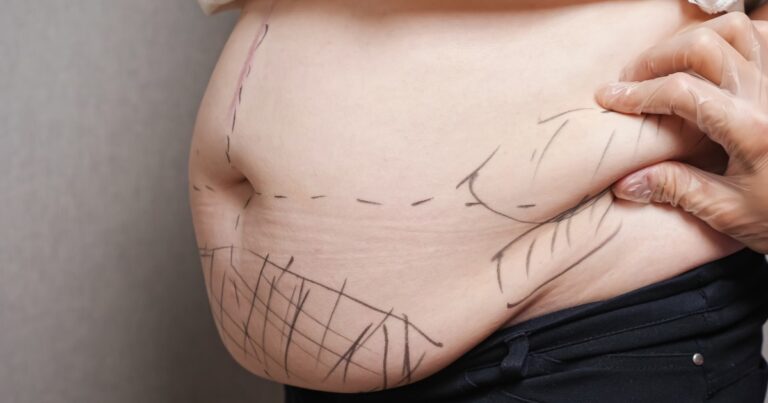Does Liposuction Remove All Fat
Understanding Liposuction and Fat Removal
Liposuction is a cosmetic surgical procedure designed to remove excess fat from specific areas of the body. It is often sought by individuals looking to enhance their body contours and achieve a more sculpted appearance. The procedure involves the use of a suction technique to extract fat deposits that are resistant to diet and exercise. While liposuction can significantly improve body shape, it is not a substitute for weight loss or a solution for obesity.
How does liposuction work?
Liposuction works by targeting and removing fat cells from beneath the skin using a cannula, a thin tube inserted through small incisions. The surgeon moves the cannula to break up the fat cells, which are then suctioned out of the body. This process can be performed under local or general anesthesia, depending on the extent of the procedure and the areas being treated. The goal is to reshape and contour the body, providing a more balanced and proportionate appearance.
Types of liposuction procedures
There are several types of liposuction procedures, each utilizing different techniques to achieve fat removal. Traditional liposuction involves manual suction, while tumescent liposuction uses a solution to minimize bleeding and discomfort. Ultrasound-assisted liposuction employs sound waves to liquefy fat, making it easier to remove. Laser-assisted liposuction uses laser energy to melt fat cells before suctioning. Each method has its advantages and is chosen based on the patient’s needs and the surgeon’s expertise.
- Traditional Liposuction : Manual suction technique.
- Tumescent Liposuction : Uses a solution to reduce bleeding.
- Ultrasound-Assisted Liposuction : Utilizes sound waves to liquefy fat.
- Laser-Assisted Liposuction : Employs laser energy to melt fat cells.
The Limitations of Liposuction in Fat Removal
Percentage of fat that can be safely removed
Liposuction is not designed to remove all fat from the body. Typically, only a certain percentage of fat can be safely extracted during a single procedure. The American Society of Plastic Surgeons suggests that up to 11 pounds (5 kilograms) of fat can be removed, depending on the individual’s health and the areas treated. Removing too much fat can lead to complications and uneven results, so surgeons aim for a balance that enhances body contours while maintaining safety.
Areas where liposuction is most effective
Liposuction is most effective in areas where fat deposits are localized and resistant to diet and exercise. Common target areas include the abdomen, thighs, buttocks, arms, and neck. These regions often have stubborn fat that does not respond well to traditional weight loss methods. By focusing on these specific areas, liposuction can provide noticeable improvements in body shape and contour.
Factors affecting fat removal results
Several factors can influence the results of liposuction, including the patient’s age, skin elasticity, and overall health. Younger patients with good skin elasticity tend to achieve better outcomes, as their skin can adapt more easily to the new contours. Additionally, maintaining a stable weight and healthy lifestyle post-procedure is crucial for preserving the results. Individual anatomy and the surgeon’s skill also play significant roles in the success of the procedure.
- Patient’s Age : Younger individuals often see better results.
- Skin Elasticity : Good elasticity aids in adapting to new contours.
- Overall Health : Affects recovery and outcomes.
Can Liposuction Remove All Fat from Targeted Areas?
Realistic expectations for fat removal
While liposuction can significantly reduce fat in targeted areas, it is important to have realistic expectations. The procedure is not designed to remove all fat, but rather to contour and enhance body shape. Patients should understand that some fat will remain, and the goal is to achieve a natural and balanced appearance. Setting realistic expectations helps ensure satisfaction with the results.
Remaining fat cells after liposuction
After liposuction, some fat cells will remain in the treated areas. These cells can still expand if a person gains weight, which is why maintaining a stable weight is essential. The procedure permanently removes a portion of fat cells, but it does not prevent future weight gain. Patients should be aware that lifestyle choices post-surgery will impact the longevity of their results.
Importance of maintaining a healthy lifestyle post-procedure
Maintaining a healthy lifestyle after liposuction is crucial for preserving the results. Regular exercise and a balanced diet help prevent weight gain and ensure that the remaining fat cells do not expand. By adopting healthy habits, patients can enjoy the benefits of liposuction for years to come. Dr. Alexandre emphasizes the importance of lifestyle changes to maximize the procedure’s effectiveness.
- Regular Exercise : Helps maintain results.
- Balanced Diet : Prevents weight gain.
- Healthy Habits : Essential for long-term success.
Does Liposuction Remove Deep Visceral Fat?
Difference between subcutaneous and visceral fat
Subcutaneous fat is the layer of fat located just beneath the skin, while visceral fat surrounds internal organs. Liposuction primarily targets subcutaneous fat, as it is more accessible and safe to remove. Visceral fat, on the other hand, cannot be removed through liposuction and requires lifestyle changes to reduce it. Understanding the difference between these fat types is important for setting realistic expectations.
Liposuction’s effectiveness on different fat types
Liposuction is effective at removing subcutaneous fat, which contributes to visible body contours. However, it does not address visceral fat, which is associated with health risks such as heart disease and diabetes. Patients seeking to reduce visceral fat should focus on diet and exercise, as these methods are more effective for targeting fat around internal organs.
Long-term Results of Liposuction Fat Removal
Permanence of fat cell removal
Liposuction permanently removes fat cells from the treated areas, meaning they will not regenerate. However, remaining fat cells can still expand if a person gains weight. This is why maintaining a stable weight is essential for preserving the results. Patients should understand that while the procedure offers permanent fat cell removal, it does not prevent future weight gain.
Potential for fat redistribution
After liposuction, there is a potential for fat redistribution if a person gains weight. Since the treated areas have fewer fat cells, weight gain may become more noticeable in untreated areas. This can lead to changes in body proportions, which is why maintaining a healthy lifestyle is crucial. Understanding the potential for fat redistribution helps patients make informed decisions about their post-surgery habits.
Maintaining liposuction results
To maintain liposuction results, patients should focus on a healthy lifestyle that includes regular exercise and a balanced diet. These habits help prevent weight gain and ensure that the remaining fat cells do not expand. By committing to long-term lifestyle changes, patients can enjoy the benefits of liposuction for years to come. Dr. Alexandre advises patients to prioritize health and wellness to maximize the procedure’s effectiveness.
- Stable Weight : Key to preserving results.
- Healthy Lifestyle : Essential for long-term success.
- Regular Monitoring : Helps track progress and maintain outcomes.
Combining Liposuction with Other Procedures for Optimal Results
Tummy tuck and liposuction
Combining a tummy tuck with liposuction can enhance body contouring results, especially for individuals with excess skin and fat in the abdominal area. The tummy tuck removes excess skin and tightens abdominal muscles, while liposuction targets stubborn fat deposits. This combination can provide a more comprehensive transformation and improved body shape.
Body contouring after significant weight loss
After significant weight loss, individuals may experience loose skin and stubborn fat deposits. Combining liposuction with other body contouring procedures can address these concerns and enhance overall results. Procedures such as arm lifts, thigh lifts, and body lifts can complement liposuction and provide a more sculpted appearance.
Non-surgical fat reduction treatments
For those seeking less invasive options, non-surgical fat reduction treatments can be combined with liposuction for optimal results. Treatments like CoolSculpting and SculpSure use advanced technology to target and reduce fat without surgery. These options can be ideal for individuals looking to enhance their liposuction results with minimal downtime.
- Tummy Tuck : Removes excess skin and tightens muscles.
- Body Contouring : Complements liposuction for enhanced results.
- Non-Surgical Options : Ideal for minimal downtime.
Preparing for Liposuction Fat Removal
Consultation with Dr. Alexandre
A thorough consultation with Dr. Alexandre is essential for preparing for liposuction. During this meeting, patients can discuss their goals, expectations, and any concerns they may have. Dr. Alexandre will evaluate the patient’s health and determine the most suitable approach for achieving the desired results.
Pre-operative instructions
Following pre-operative instructions is crucial for ensuring a successful liposuction procedure. Patients may be advised to avoid certain medications, stop smoking, and arrange for post-surgery transportation. Adhering to these guidelines helps minimize risks and promotes a smooth recovery process.
Setting realistic expectations
Setting realistic expectations is key to achieving satisfaction with liposuction results. Patients should understand that the procedure is not a weight loss solution but a body contouring method. By having a clear understanding of what liposuction can and cannot achieve, patients can make informed decisions and enjoy the benefits of the procedure. Liposuction ineffective cellulite Liposuction health benefits can include improved body shape and reduced strain on joints Removing excess fat through liposuction may also help lower the risk of certain health issues related to obesity
Liposuction health impacts Liposuction can cause bruising swelling and pain after the procedure Some people may experience complications like infection or uneven results Liposuction volume restrictions Doctors limit how much fat they remove during liposuction to keep patients safe and healthy The amount of fat removed depends on the person’s body size and overall health
Liposuction lymphedema treatment Chin lipo hydration helps keep your skin smooth after chin fat removal It involves drinking lots of water to help your chin heal faster after Emirati fat removal helps people in the UAE get rid of extra body fat Doctors use special methods to make patients look slimmer and feel healthier
Liposuction scarring minimal means the surgery leaves very small marks on your skin These tiny marks are hard to see and often fade away over time
- Consultation : Discuss goals and concerns.
- Pre-Operative Instructions : Follow guidelines for safety.
- Realistic Expectations : Understand the procedure’s limitations.
Recovery and Aftercare Following Liposuction
Post-operative care instructions
Following post-operative care instructions is vital for a smooth recovery after liposuction. Patients may need to wear compression garments, take prescribed medications, and avoid strenuous activities. Adhering to these instructions helps reduce swelling, minimize discomfort, and promote healing.
Timeline for visible results
Visible results from liposuction may take several weeks to months to fully manifest. Initial swelling and bruising are common, but as the body heals, the new contours become more apparent. Patience is important, as the final results will gradually emerge over time.
Long-term maintenance of liposuction results
Long-term maintenance of liposuction results requires a commitment to a healthy lifestyle. Regular exercise, a balanced diet, and weight management are essential for preserving the benefits of the procedure. By prioritizing health and wellness, patients can enjoy their enhanced body contours for years to come.
- Compression Garments : Aid in recovery.
- Visible Results Timeline : Patience is key.
- Healthy Lifestyle : Essential for long-term success.lots
FAQ’s
How much fat can liposuction remove?
Liposuction can typically remove up to 11 pounds (5 kilograms) of fat, according to the American Society of Plastic Surgeons. The amount varies depending on the individual case and the areas being treated. It is important to consult with a qualified surgeon to determine the appropriate amount of fat removal for your specific needs.
Can fat come back after liposuction?
While liposuction permanently removes fat cells, remaining fat cells can still expand if a person gains weight. Dr. Alexandre recommends maintaining a stable weight to preserve liposuction results. Adopting a healthy lifestyle is crucial for ensuring long-term success and preventing fat from returning.
Is liposuction effective for weight loss?
Liposuction is not a weight loss solution. It is designed to contour specific areas of the body by removing localized fat deposits. The FDA advises that liposuction should not be considered an obesity treatment. Patients seeking weight loss should explore other methods, such as diet and exercise, for achieving their goals.
Can liposuction remove cellulite?
Liposuction is not typically effective for cellulite removal. While it can remove fat, it does not address the underlying structure of cellulite. Dr. Alexandre may recommend alternative treatments for cellulite reduction. Patients should discuss their concerns with a qualified professional to explore suitable options.








